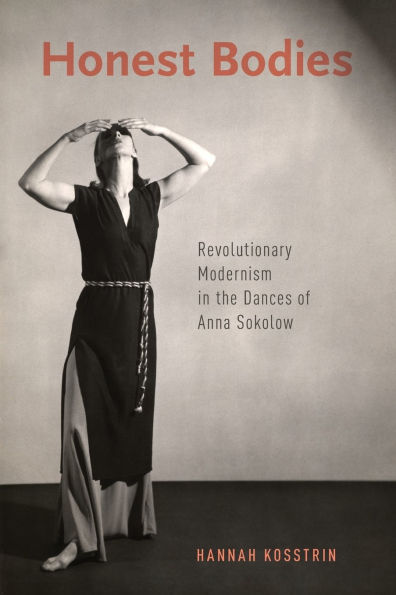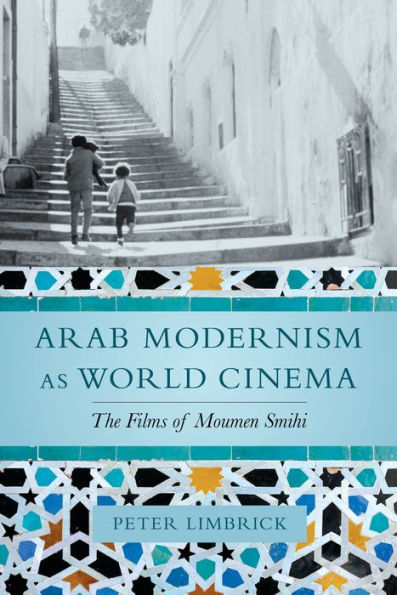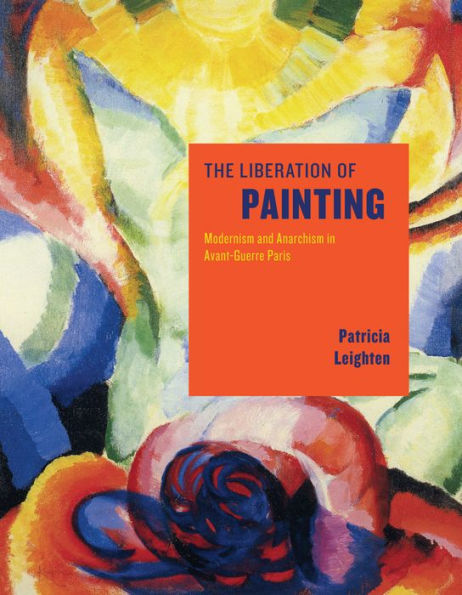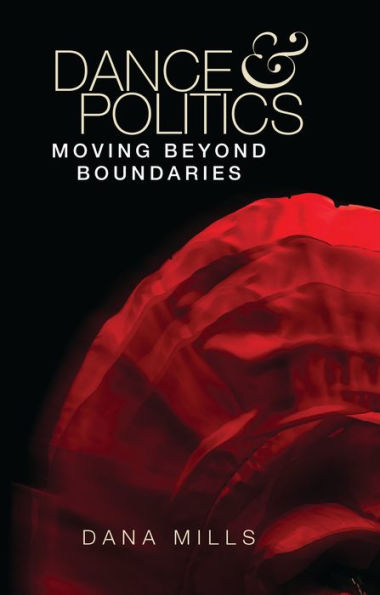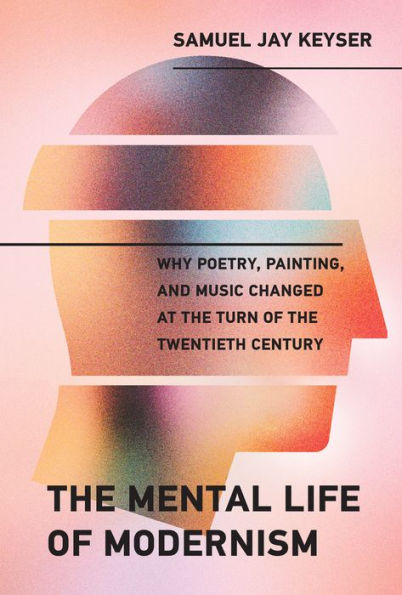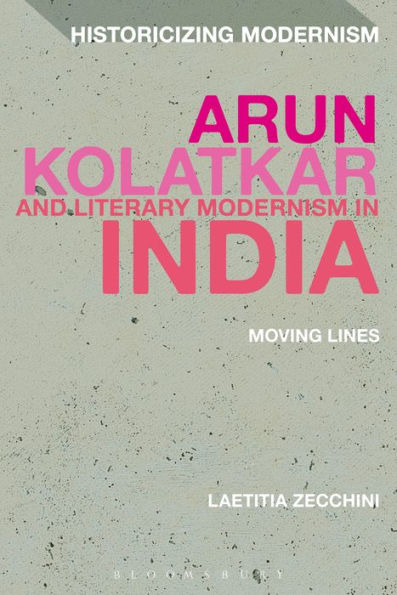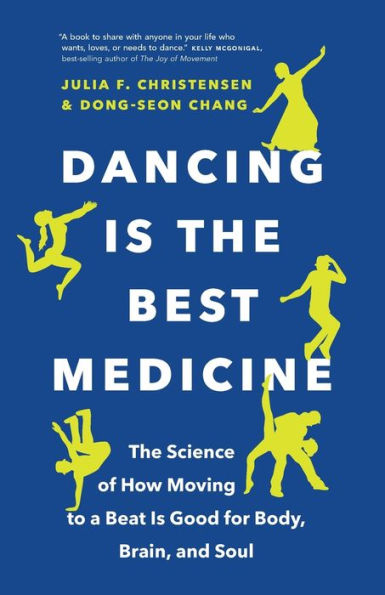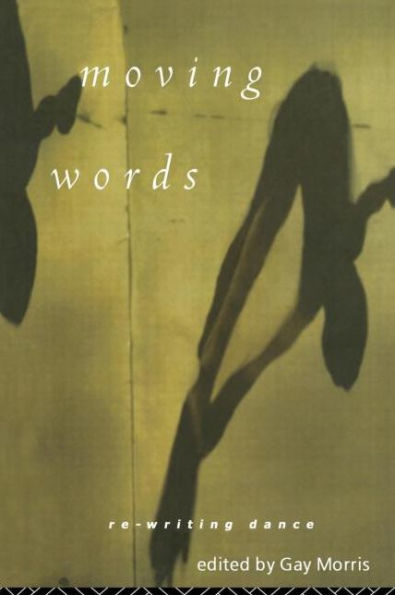Home
Moving Modernism: The Urge to Abstraction Painting, Dance, Cinema
Barnes and Noble
Moving Modernism: The Urge to Abstraction Painting, Dance, Cinema
Current price: $55.00
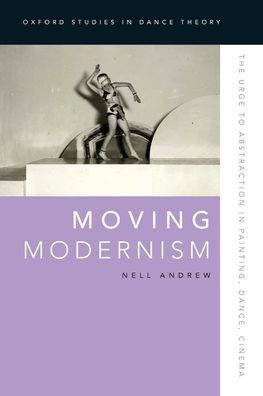

Barnes and Noble
Moving Modernism: The Urge to Abstraction Painting, Dance, Cinema
Current price: $55.00
Size: Paperback
Loading Inventory...
*Product information may vary - to confirm product availability, pricing, shipping and return information please contact Barnes and Noble
In early twentieth-century Europe, the watershed developments of pictorial abstraction, modern dance, and cinema coincided to shift the artistic landscape and the future of modern art. In
Moving Modernism
, Nell Andrew challenges assumptions about modernist abstraction and its appearance in the field of painting. By recovering performances, methods, and circles of aesthetic influence for avant-garde dance pioneers and filmmakers from the turn of the century to the interwar period — including dancer Loïe Fuller, who presented to symbolist artists the possibility of prolonged or suspended vision; Valentine de Saint-Point, whose radical dance paralleled the abstractions of cubo-futurist painting; Sophie Taeuber and her Dada dance; the Belgian "pure plastics" choreographer known as Akarova; and the dance-like cinema of Germaine Dulac — Andrew demonstrates that abstraction was deployed not only as modernist form but as an apparatus of creation, perception, and reception across artistic media.
Moving Modernism
, Nell Andrew challenges assumptions about modernist abstraction and its appearance in the field of painting. By recovering performances, methods, and circles of aesthetic influence for avant-garde dance pioneers and filmmakers from the turn of the century to the interwar period — including dancer Loïe Fuller, who presented to symbolist artists the possibility of prolonged or suspended vision; Valentine de Saint-Point, whose radical dance paralleled the abstractions of cubo-futurist painting; Sophie Taeuber and her Dada dance; the Belgian "pure plastics" choreographer known as Akarova; and the dance-like cinema of Germaine Dulac — Andrew demonstrates that abstraction was deployed not only as modernist form but as an apparatus of creation, perception, and reception across artistic media.
